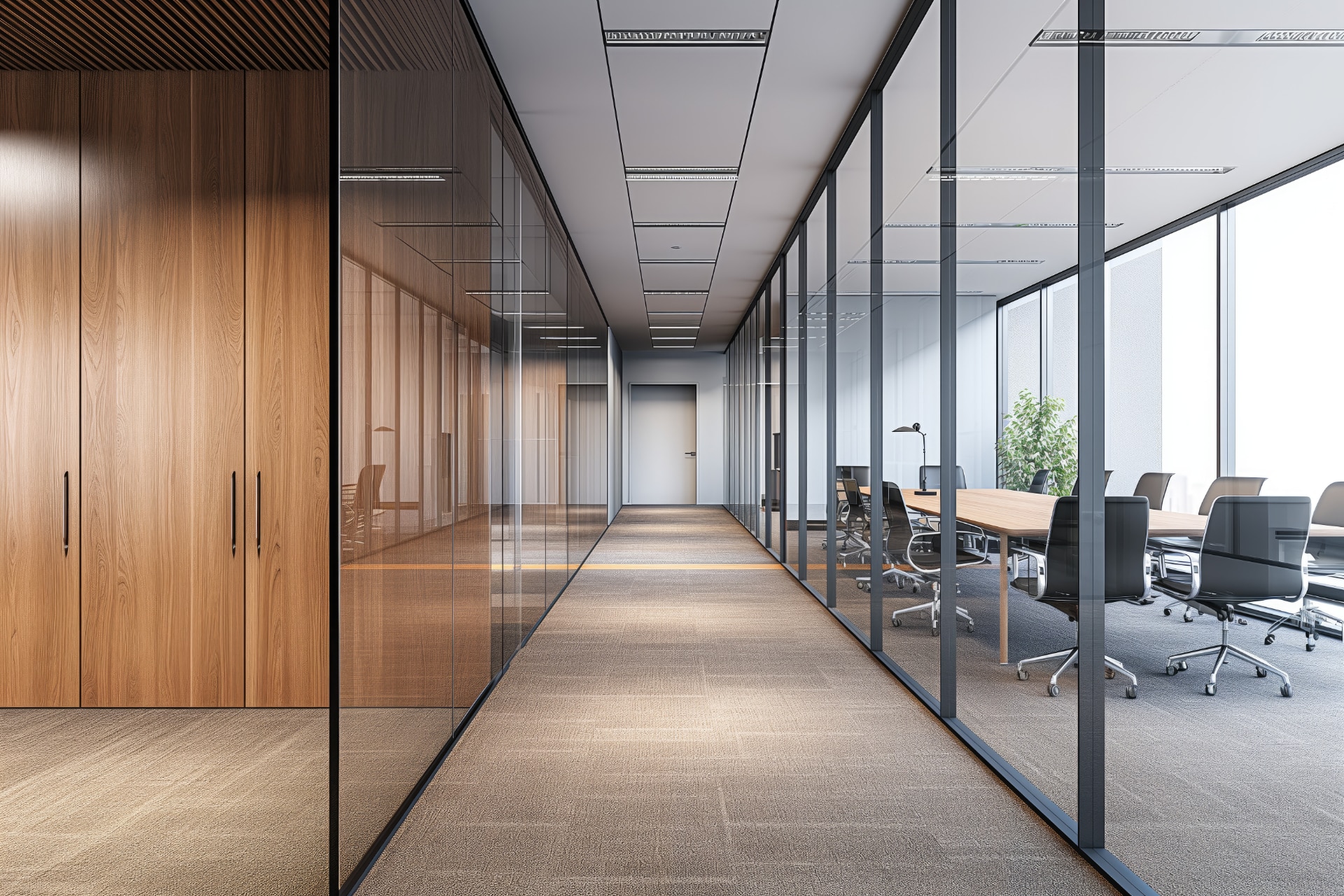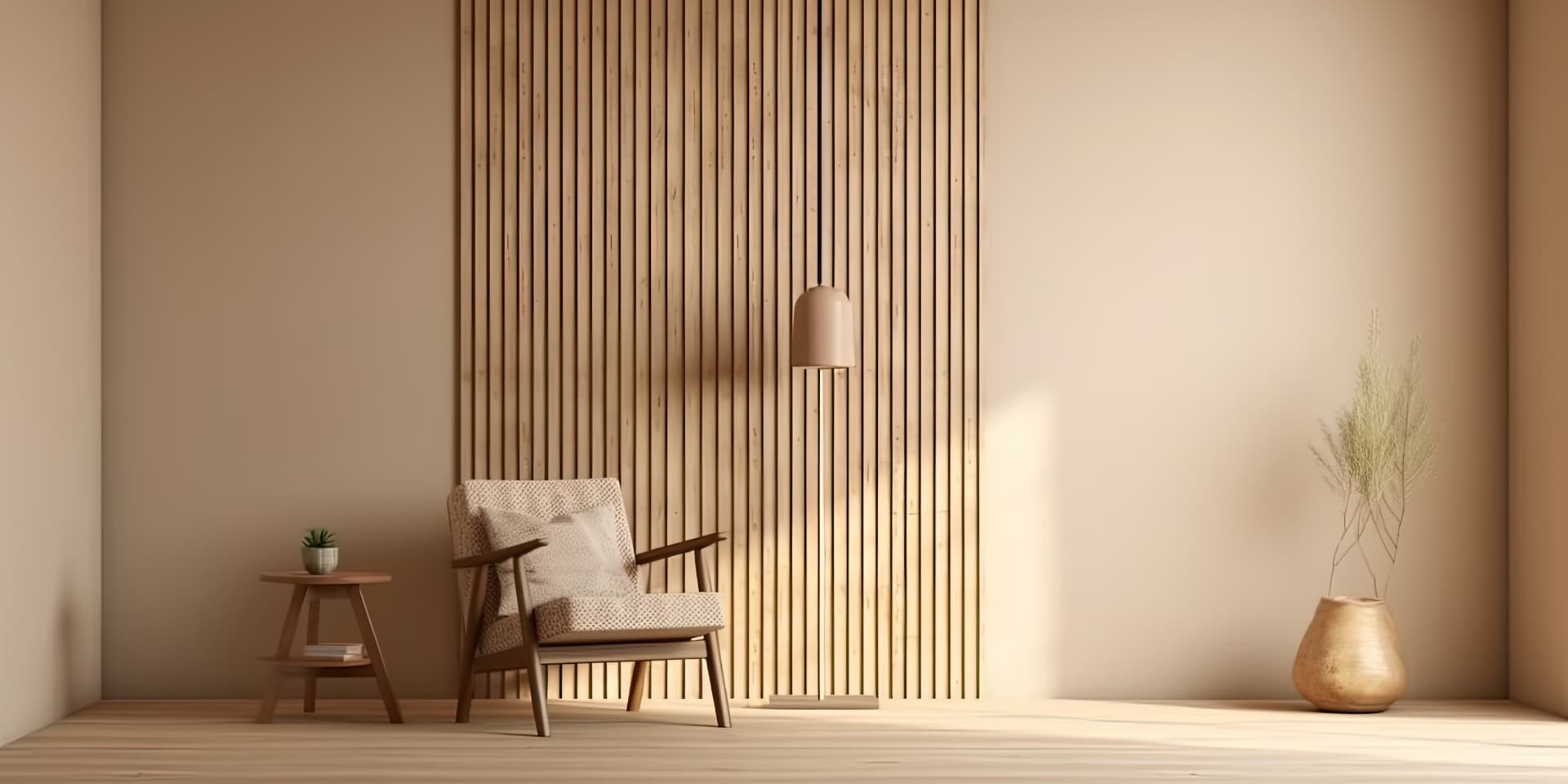Are you willing to learn about wall systems for your construction project? That’s not a bad idea at all! In essence, wall systems are an important part of every building construction. They serve to provide support to structures as well as safety and insulation.
This article presents a variety of different types of wall systems, both inside and out; along with the characteristics and application of wall systems in building construction projects.
What is a Wall System?
Although we will explore different types of wall systems in detail later in this piece, it is necessary to clarify what exactly constitutes one first. Basically, a wall system is a combination of materials and components designed to create a barrier separating an interior space from the outside.
These systems are essential in the division of space; they implement structural stability and improve thermal and acoustic performance.
Now let’s take a deeper look at the captivating world of wall systems. One key component of wall construction is the framing, which can be made of wood, steel, or concrete. The selection of framing material depends on a variety of factors, such as design, load-bearing requirements, and budget.
For example, wood framing is often used in residential construction because it is cheaper and easier to install. In contrast, steel framing has much greater strength and durability; therefore, it is frequently employed in commercial and high-rise buildings.
Another crucial element of a wall system is the insulation. Insulation helps regulate the temperature inside a building by reducing heat transfer. There are many types of insulation materials, including but not limited to, fiberglass, cellulose, and spray foam.
Moreover, additional features are often incorporated into wall systems to boost their all-round utility. These may consist of vapor barriers to keep moisture out of the wall construction and air barriers that decrease airflow.
Looking to make your mark in Las Vegas construction and development? We’re here to help! Contact us today to learn more about our tenant improvement construction services and how we can bring your vision to life!
Exterior Wall Systems
As for exterior walls, there are various options to choose from, each with unique features and suitability for different climates and architectural styles.
One of the most well-liked options is the traditional brick wall building. With its timeless appeal and durability, brick walls not only offer good weather resistance but also have considerable aesthetic value.

Another common type of exterior wall building is the curtain wall. In offices and other commercial buildings, this type of wall, made of glass, aluminum, or steel, lends itself to a highly expressive facade. These blocks let in natural light and, at the same time protect against energy loss.
Interior Wall Systems
Apart from the protection against weather provided by exterior walls, interior walls serve to give a building its layout.
One widely used interior wall system, for example, is drywall. Drywall consists of gypsum board panels and is relatively inexpensive to install. Plus, it is highly resistant to fire as well.
Partition walls, on the other hand, are non-load bearing and divide up internal build space. They can be assembled from timber, steel, or aluminum stud walls. Usually, they can be found in offices, hotels, and residential complexes alike.
Types Of Walls
Think of walls like tools in a builder’s toolbox, each designed for a specific job. Some hold up the entire house, others simply divide rooms, while some add a decorative touch or keep out the cold. Let’s take a closer look:
Load Bearing Wall
Load-bearing walls are the backbone of a building, quite literally. They’re the sturdy fellows responsible for shouldering the weight of everything stacked above, from the roof down to the basement.
Non-Load Bearing Wall
Non-load bearing walls are like the interior decorators of the building wall world. They’re there to divide up space, create rooms, and offer privacy without breaking a sweat over supporting the structure. They’re more about dividing and defining spaces rather than holding up the house.
Cavity Walls
Cavity walls are like the cozy sweaters of building materials. They create a little gap between the inner and outer layers, acting as insulation against the weather. So, they keep you warm in winter and cool in summer, all while keeping the elements at bay.
Shear Wall
Shear walls are the silent guardians of a building, standing strong against the forces of nature. They’re strategically placed to handle sideways forces like wind or earthquakes, ensuring the whole structure stays steady when the world outside gets a little shaky.
Partition Wall
Partition walls are the interior designers’ best friend. They’re the ones that turn a big open space into cozy rooms, offices, or whatever you need. Made from all sorts of materials, they’re like the flexible dividers that help create your ideal living or working space.
Panel Wall
Panel walls are like buildings with giant Lego blocks. They come pre-made and ready to assemble, speeding up the construction wall process. Made from various materials, they’re a quick and cost-effective way to put up walls without compromising on strength or style.

Veneered Walls
Veneered walls are like the chameleons of architecture, able to change their appearance with just a thin layer. They start with a solid base and then add a decorative veneer, like brick, stone, or wood, giving them a touch of class and character.
Faced Wall
Faced walls are like a building’s first impression, setting the tone for the entire structure. They proudly display their exterior material, whether it’s classic brick, sleek metal panels, or rustic wood siding, making sure the building codes look good from the outside in.
Looking for professionals on the matter? Don’t hesitate to reach out to us now for top-notch tenant improvement construction services that set your property apart from the rest!
Importance of Wall Systems in Building Construction
Wall systems greatly influence the safety, functional qualities, and efficiency of a building. They shelter against the weather as well, helping to provide a more temperate and healthier living environment.
The wall system also plays an essential role in sound insulation and contributes to energy efficiency as well as being one of the primary factors in a building’s beauty.
To determine which type of wall system should be used for a building construction project, the factors to consider are climate, cost, and building regulations. Other issues related to building performance should also be thought through very carefully.
It is also important to mention that, In order to make the right decision on which kind of wall in construction should be used for each particular job, you need to work with architects, engineers, and professionals.

Summary
In conclusion, the different types of construction walls found in buildings and other architectonic structures are varied. This gives architects, builders, and homeowners alike a vast array of options. Each system, from load-bearing walls to cavity walls, has its own special use.
Understanding the features and effectiveness of different wall systems is essential for constructing safe, useful, and good-looking buildings. Armed with this knowledge, it’s time to choose the perfect wall system for your construction project!